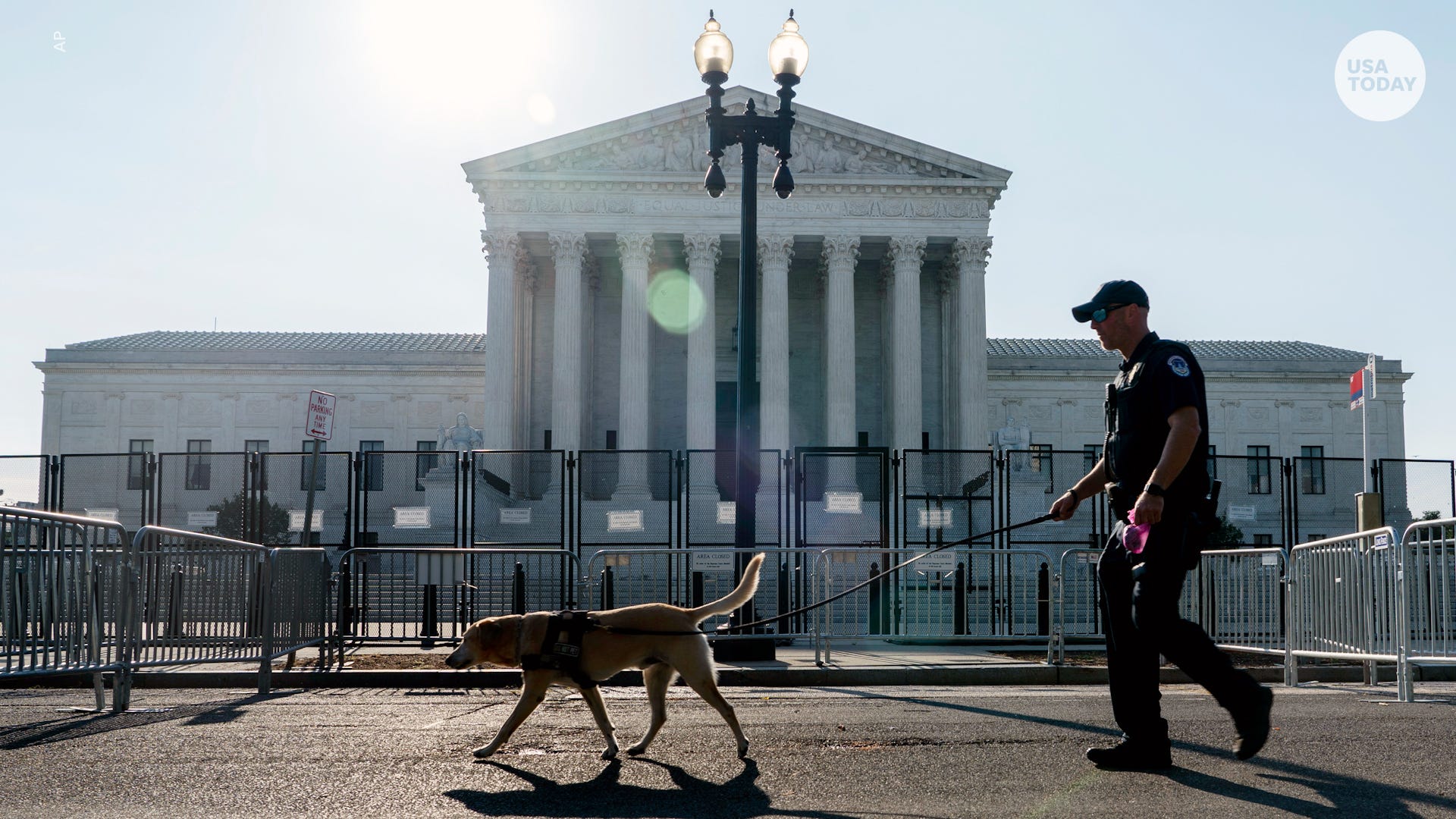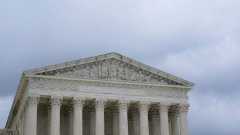From affirmative action in college admissions to a copyright claim against the late artist Andy Warhol, the Supreme Court’s current term is full of controversy and important legal questions.

- The Supreme Court has agreed to hear 27 cases so far.
- Among the most closely watched cases are challenges to college affirmative action policies.
WASHINGTON – Even as the fallout continues over its controversial abortion ruling in June, the Supreme Court is gearing up for a new term in which its conservative majority will wade into questions about race, LGBTQ rights and federal elections.
The nation’s highest court has agreed to hear 27 arguments so far – roughly half its expected caseload for the term that will likely end in June 2023.
This guide will be updated throughout the nine-month term.
Affirmative action
Background: Perhaps the most closely watched cases at the Supreme Court this term involve race-conscious admissions policies at Harvard College and the University of North Carolina. Those schools consider race as one of many factors in deciding whether to accept prospective students, a policy that is consistent with current Supreme Court precedent. But an anti-affirmative action group has argued the policies discriminate against Asian American and white candidates in violation of federal law and the Constitution.
The cases were initially consolidated but then were split up to accommodate Associate Justice Ketanji Brown Jackson, who will recuse herself from the Harvard litigation because she had sat on that university’s board of overseers. Jackson is expected to take part in the University of North Carolina arguments and decision.
Argument: Set for Oct. 31.
Decision: Expected at the end of the term, perhaps in June.
Title: Students for Fair Admissions v. President and Fellows of Harvard College; Students for Fair Admissions v. University of North Carolina.
Read more:
►Explainer: How has affirmative action shaped higher education
►Spillover: Supreme Court’s affirmative action cases could affect private employment
►Firms: U.S. companies support Harvard, UNC in Supreme Court cases
►Granted: Supreme Court to consider use of race in college admissions
Elections and voting
Background: The Supreme Court is set to hear two major cases with profound implications for how federal elections are conducted.
After the 2020 census, North Carolina approved a congressional map that would have benefited Republican candidates. The North Carolina League of Conservation Voters and a group of voters sued in state court, alleging that the map was a partisan gerrymander in violation of the state constitution. The state courts agreed and ordered a new set of maps.
At issue for the court is the meaning of a clause in the Constitution that delegates responsibility for federal elections to the “legislature” of each state. The state lawmakers say a plain reading of that clause makes it clear that state legislatures have the power to set election rules without interference from state courts. Others say the clause has long been interpreted to be more encompassing and that state courts have always been able to act as a check on state legislative power.
Some fear the Supreme Court could give state legislatures broad authority to change election rules in ways that benefit one political party. Others say that some state courts have gone too far, usurping the legislative power of elected lawmakers.
The other election case involves the Voting Rights Act of 1965. At issue is an Alabama congressional redistricting map that includes only one majority Black district out of seven, even though African Americans make up more than a quarter of the state’s population. The plaintiffs say the new map violates the Voting Rights Act by diluting the power of Black voters. Alabama counters that the Voting Rights Act prohibits states from approving discriminatory maps but that it does not act as a command compelling states to draw an additional minority-majority district at the expense of all other factors, such as keeping counties and other political subdivisions together.
Argument: Set for Oct. 4 in the Alabama redistricting case. Oral argument is not yet scheduled in the “independent state legislature” doctrine case from North Carolina.
Decision: Uncertain.
Title: The redistricting case is Merrill v. Milligan. The voting administration case is Moore v. Harper.
Read more:
►2020: How the Supreme Court is already influencing the November midterm elections
►Midterms: Time running out to block voting restrictions ahead of midterms
►Alabama: Supreme Court permits Alabama congressional map
►Elections Clause: How a Supreme Court case could upend 2024 election laws, lawsuits
LGBTQ rights and speech
Background: Seven years after the Supreme Court legalized same-sex marriage in a watershed civil rights decision, religious business owners and LGBTQ individuals remain locked in a battle over whether businesses that sell goods and services to the public may reject LGBTQ couples as customers. This term, the high court must decide whether a graphic designer may decline to make websites for same-sex marriages. The designer asserts that Colorado’s anti-discrimination law forces her to create the websites – and to condone a message approving of same-sex marriages – against her will, which would violate the First Amendment’s prohibition on compelled speech. The state counters that it is not attempting to regulate speech but rather commerce: The designer can say whatever she wants on her websites, but she can’t deny selling them to same-sex couples.
Argument: Not yet set.
Decision: To be determined.
Title: 303 Creative v. Aubrey Elenis
►LGBTQ rights: Supreme Court to decide latest LGBTQ same-sex wedding fight
►Granted: Supreme Court to decide if designer may decline same-sex weddings
►Denied: Supreme Court declines case of florist who sought to deny same-sex wedding
Native American adoptions
Background: Congress passed a law in 1978 to stop the forced removal of Native American children from their tribes – a practice that began in the 19th century and led to hundreds of thousands of removals. One of the law’s many provisions at issue in the pending case is a mandate that authorities give preference to Native American families when a Native American child is placed for adoption. Several states and non-Native families seeking to adopt sued, arguing the preferential treatment violates the 14th Amendment’s equal protection clause. In defending the law, President Joe Biden’s administration says the preference is not racial but rather honors the legal framework that treats tribes as sovereign entities separate from the United States.
Argument: Set for Nov. 9.
Decision: TBD.
Title: There are multiple consolidated cases, including Haaland v. Brackeen.
Read more:
►Granted: Supreme Court takes up battle over adoption of Native American children
►Schools: Mass grave in Canada reminder of Native American boarding schools in US
►Tribal law: Native Americans are winning at the Supreme Court with help from Gorsuch
Immigration
Background: Like other administrations, Biden’s Department of Homeland Security wants to prioritize for deportation immigrants it believes pose a threat to national security or public safety. Other immigrants would be less of a priority. Texas and Louisiana sued. The states assert that federal immigration law requires the administration to detain and deport specific categories of immigrants and that Biden is reading more leeway into the la





